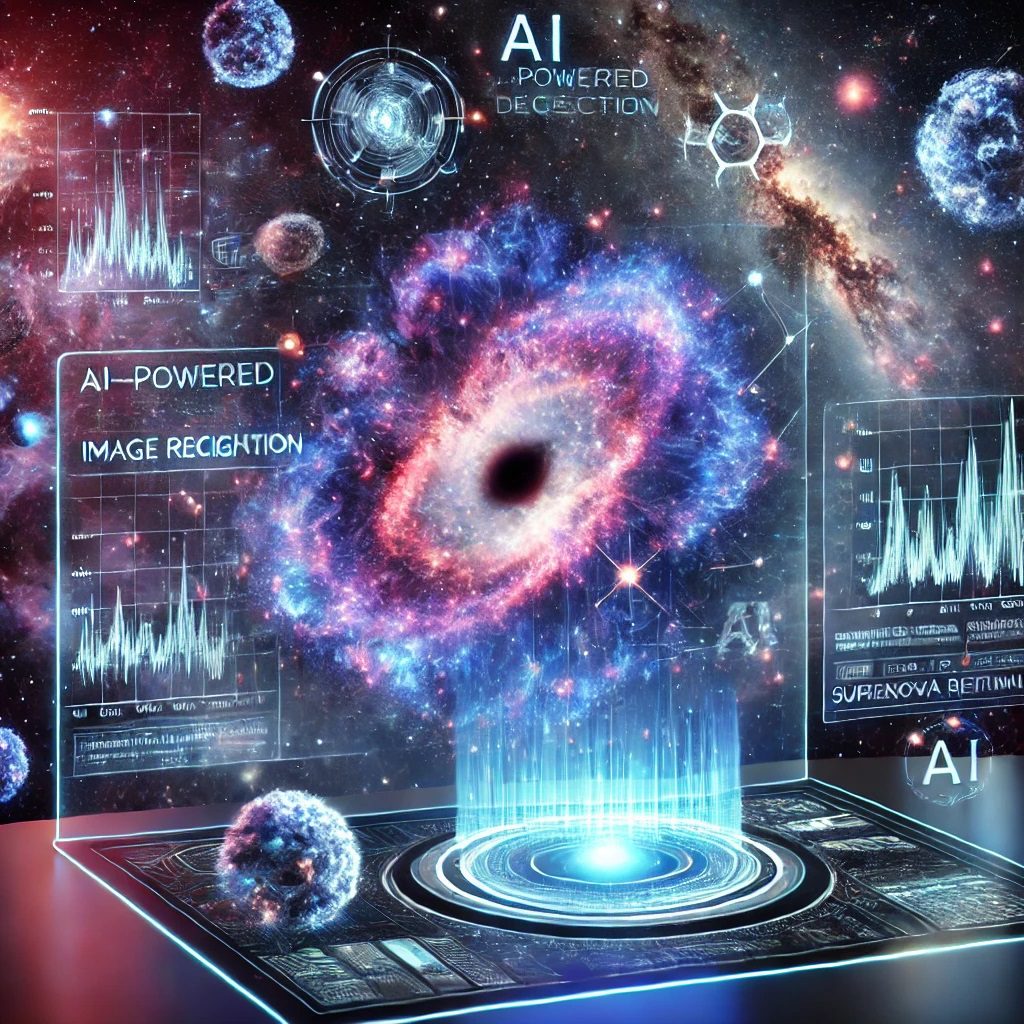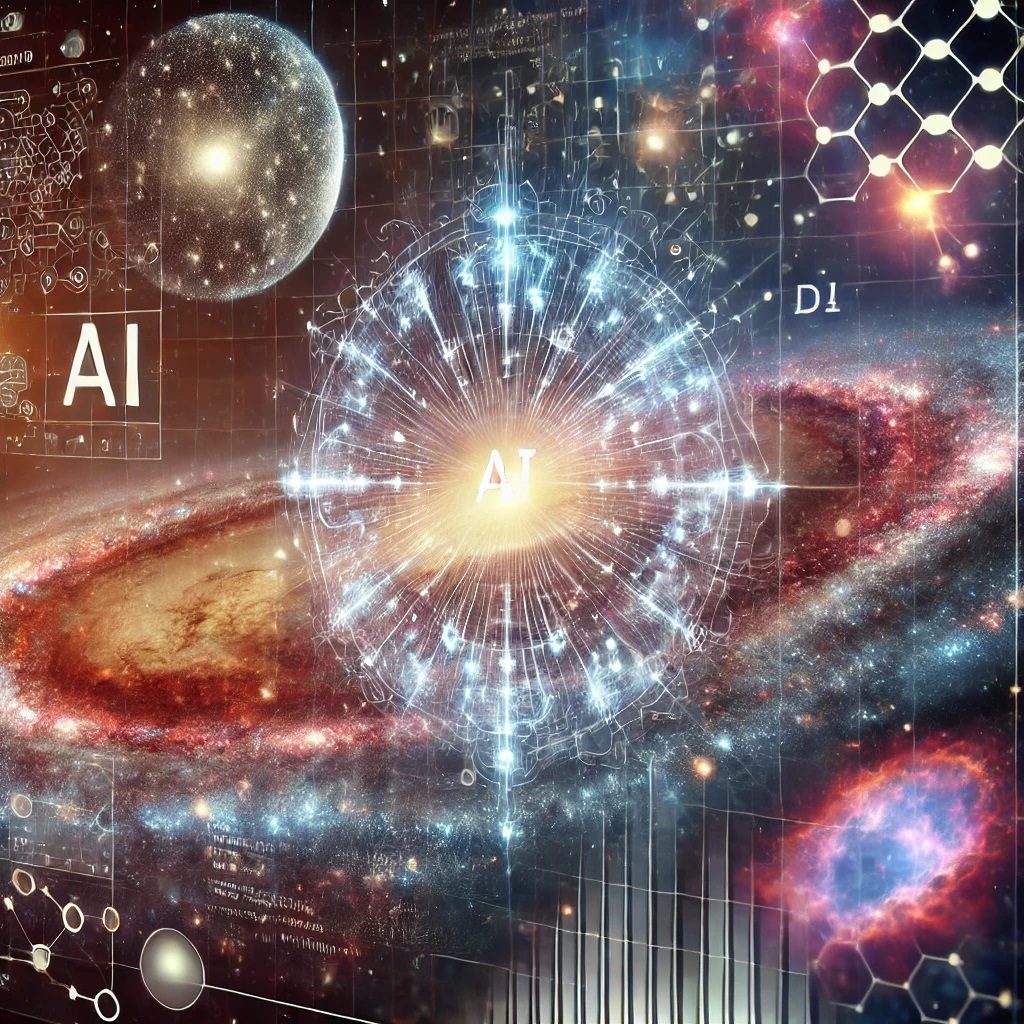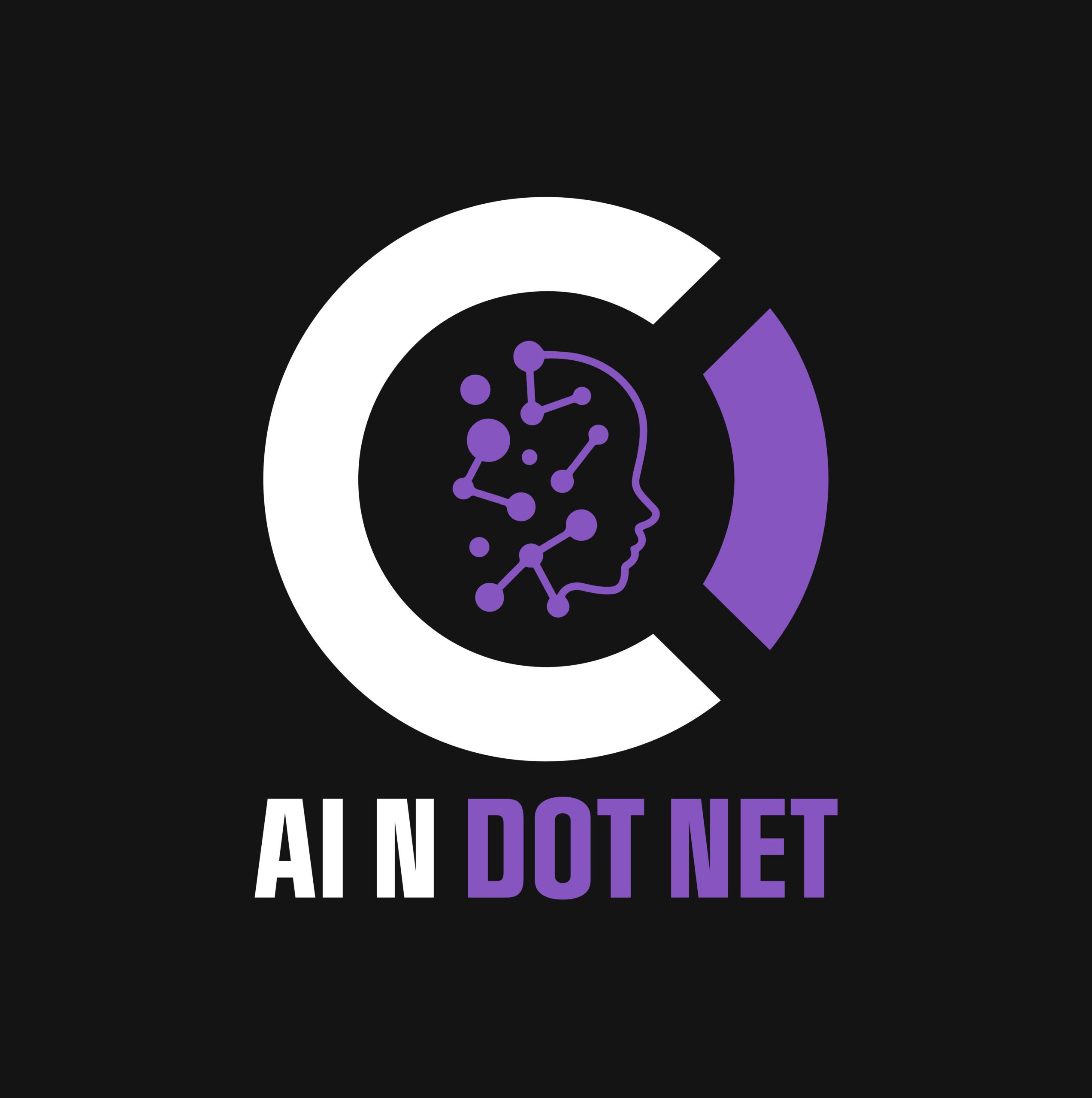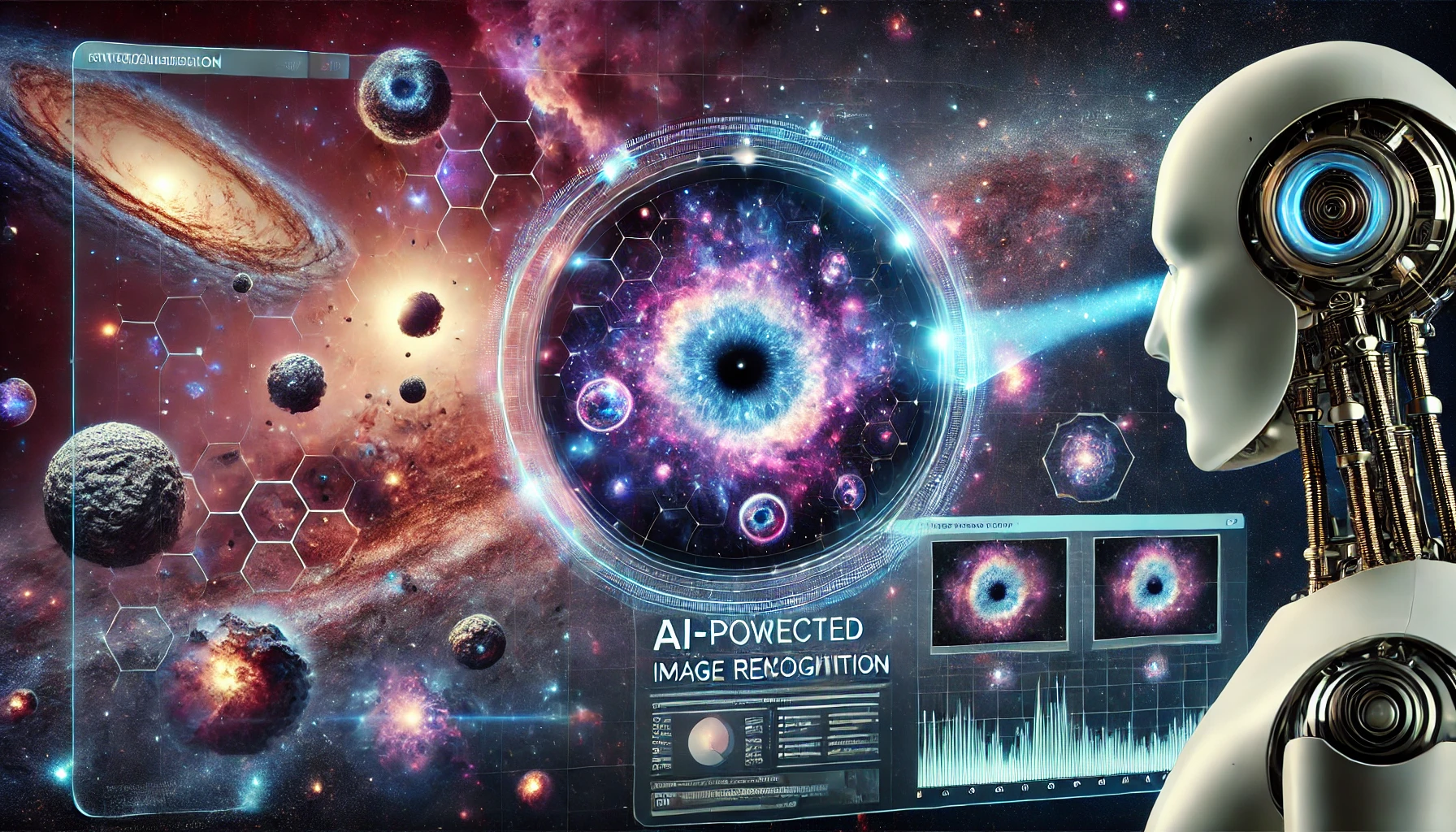Introduction
AI image recognition is revolutionizing industries, from retail and healthcare to security and manufacturing. But what if I told you AI is also mapping the universe? Researchers at Osaka Metropolitan University recently developed an AI model capable of detecting massive bubble-like structures in space, offering new insights into star formation and galaxy evolution. This advancement is a testament to AI’s power in analyzing complex visual data—a capability businesses can harness today.
In this article, we’ll explore how AI image recognition works, its applications in various industries, and how businesses can leverage Microsoft AI tools to drive innovation.
How AI Image Recognition is Mapping the Universe
Astronomers rely on vast amounts of telescope data to study celestial structures. The Osaka researchers trained a deep learning model using data from the Spitzer and James Webb Space Telescopes to identify Spitzer bubbles—massive, ring-like formations created by high-mass stars. Their AI model not only detected these bubbles with high accuracy but also identified shell-like structures likely formed by supernova explosions.
This breakthrough showcases how AI can analyze large-scale image datasets, spot patterns, and extract valuable insights—capabilities that businesses can apply in their own fields.
AI Image Recognition in Business: Industry Applications
While astrophysics is a fascinating use case, AI-powered image recognition is driving transformation across industries. Here are some ways businesses are applying this technology:
Healthcare & Medical Imaging

- AI in healthcare detects diseases like cancer in radiology scans with greater accuracy than traditional methods.
- Automated image analysis speeds up diagnosis and improves patient outcomes.
Manufacturing & Quality Control
- Computer vision systems detect defects in real-time, improving product quality.
- Predictive maintenance uses AI to analyze machine images and prevent breakdowns.
Retail & E-Commerce
- AI-driven visual search allows customers to find products by uploading images.
- Automated inventory management tracks stock levels using camera feeds and AI analysis.
Security & Surveillance
- AI enhances facial recognition, object detection, and real-time threat monitoring.
- Smart security systems use AI to identify suspicious behavior in crowded areas.
Agriculture & Environmental Monitoring
- AI analyzes satellite imagery to track deforestation, monitor crop health, and optimize farming practices.
- Computer vision models identify plant diseases and recommend treatment strategies.
How Businesses Can Leverage Microsoft AI Tools for Image Recognition
For organizations looking to implement AI image recognition, Microsoft AI tools provide robust solutions that integrate seamlessly with existing .NET applications. Here are some key technologies:
- Azure Computer Vision – Offers pre-trained models for object detection, OCR (Optical Character Recognition), and facial recognition.
- ML.NET – Enables businesses to build custom AI models using .NET, ideal for specialized image recognition tasks.
- Azure AI Services – Provides APIs for image and video analysis, allowing businesses to incorporate AI without extensive machine learning expertise.
- Power Platform AI Builder – A no-code/low-code AI solution for adding AI-driven image recognition into business applications.
By leveraging these tools, companies can unlock new efficiencies, improve decision-making, and gain a competitive edge.
Key Takeaways for Businesses

- AI image recognition is transforming industries beyond space exploration. Businesses in healthcare, retail, security, and manufacturing are already leveraging AI to enhance efficiency and innovation.
- Microsoft AI tools provide powerful solutions that enable businesses to integrate image recognition into their workflows with minimal friction.
- Organizations that adopt AI-driven image analysis can gain deeper insights, automate processes, and improve customer experiences.
The same AI technology used to map the universe can help businesses improve operations, detect patterns, and drive growth. The question isn’t whether AI image recognition will be useful—it’s how you’ll apply it to stay ahead.
Next Steps: Implement AI in Your Business
Are you interested in exploring AI-powered image recognition for your business? Contact us to learn how Microsoft AI tools can help you build cost-effective, highly functional AI applications tailored to your needs.
Want to stay ahead in applied AI?
📑 Access Free AI Resources:
- Download our free AI whitepapers to explore cutting-edge AI applications in business.
- Check out our AI infographics for quick, digestible AI insights.
- 📖 Explore our books on AI and .NET to dive deeper into AI-driven development.
References
AI image recognition detects bubble-like structures in the universe
Disclaimer
We are fully aware that these images contain misspelled words and inaccuracies. This is intentional.
These images were generated using AI, and we’ve included them as a reminder to always verify AI-generated content. Generative AI tools—whether for images, text, or code—are powerful but not perfect. They often produce incorrect details, including factual errors, hallucinated information, and spelling mistakes.
Our goal is to demonstrate that AI is a tool, not a substitute for critical thinking. Whether you’re using AI for research, content creation, or business applications, it’s crucial to review, refine, and fact-check everything before accepting it as accurate.
Lesson: Always double-check AI-generated

